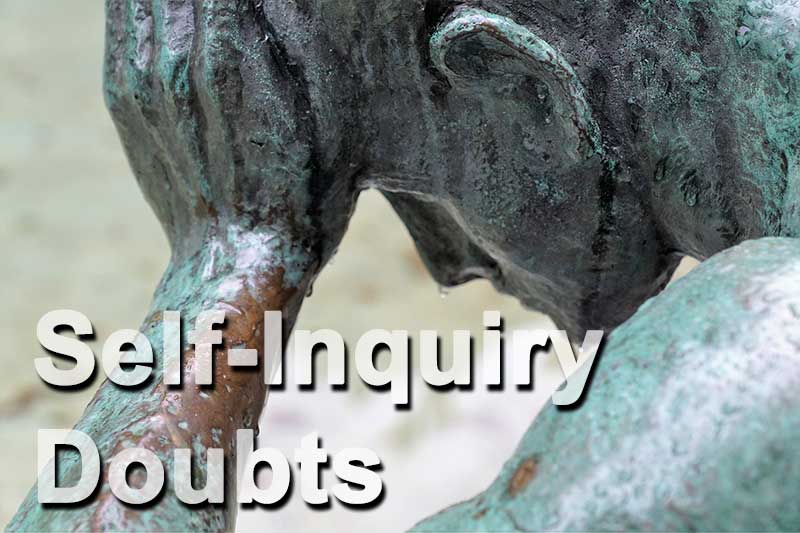Questioning Adi Shankara’s “Jagat Mithya” – What if Jagat is Satyam?

INQUIRER:
QUESTION 1: Vijnana Vedanta, as propounded by Sri Aurobindo and Ramakrishna, offers a different perspective on the nature of reality compared to traditional Advaita Vedanta.
Swami Medhananda argues that Shankaracharya's concept of “jagat mithya” (the world is illusory) doesn't align with the Upanishadic view of the world.
According to Medhananda's interpretation of the Upanishads — Brahman has actually become the world, making the world a real manifestation of saguna Brahman (Brahman with attributes), which he equates with Shakti (divine power).
This leads him to propose “Brahman/Shakti satyam, jagat satyam” (Brahman/Shakti is real, the world is real) instead of the traditional Advaita view of “Brahma satyam, jagat mithya” (Brahman is real, the world is apparent).
In this perspective, Shakti represents saguna Brahman, while Brahman alone refers to nirguna Brahman (Brahman without attributes). Importantly, Medhananda considers both aspects equally significant, without establishing a hierarchy between them.
QUESTION 2: Medhananda also critiques the traditional rope-snake analogy used in Advaita Vedanta. He contrasts this with the clay-pot example from the Chandogya Upanishad. In the rope-snake analogy, the rope doesn't actually become a snake; it's merely the observer's misperception. However, in the clay-pot example, the clay genuinely transforms into the pot.
Medhananda argues that the world's relationship to Brahman is more akin to the clay-pot example than the rope-snake analogy. The world, in his view, is a real manifestation of Brahman (like the pot from clay) rather than an illusion (like the snake mistaken for a rope).
RESPONSE:
We have to define the words satyam and mithya.
I'm not about claiming whose right or wrong, only demonstrating something you can relate to. Otherwise, it's intellectual acrobatics. Point of Vedanta is to see the world in the perspective the Upanishads intend, so it can help transform your outlook on life from which you are not separate from.
Mithya means “Dependent” or “Relative” or “Changing”. For example, tree is dependent on smaller components like Cellulose molecules. If you look at molecule, it's dependent on atoms. If you look at atoms, it's dependent on Quarks. This is where science stops. Science is yet to discover what quarks depend on. For science, “quark” is the final reality (according to Standard Model).
In this sense, tree is mithya (dependent on many smaller constituents). So is there actually a name-form called “tree”? Is the tree “real” (satyam)? No. Because it's nothing but cellulose. Is the cellulose real (satyam)? No, because upon analysis, it's nothing but atoms. Is the atom real (satyam)? No, because it's nothing but quarks.
Apply this to any object in the world, it's the same logic. Apply it to your thought. Is your thought real (satyam)? No. Because real (satyam) is specifically defined as that which is always true — in the past, present and future.
According to above definition of “real / satyam” — is any particular thought/emotion of yours real? No, because it doesn't remain. Is the tree real? No, because the tree you see now is different from the tree of tomorrow, even though it gives impression that it's the same since eyes aren't programmed to see changes at molecular level.
What is the only principle that is real (always true, always the same – in the past, present and future)? Awareness (Brahman) in whose presence mithya-changes take place. Awareness in whom your mithya-thoughts are changing from morning to evening.
And what is the only constant throughout the entirety of your opinions, thoughts, emotions and concerns? I am. I am. I am.
This “I am” is Brahman. Thus Brahman satyam (real). Jagat (tree, thoughts, body) mithya (changing).
If Brahman / Awareness (I'm not talking about some Awareness “over there”, but YOU, the Awareful being) became the world — then you wouldn't be Aware right now. Because Awareness would have become the jagat. So your own experience proves that Brahman has NOT become the world.
Therefore again, Brahman is that which is ever true (satyam). And world (jagat) is that which is coming-and-going (mithya).
However, the coming-and-going world itself is nothing but Brahman. For example, Clay (in this example metaphorically equated to Brahman) seems to have become a pot. But if clay has become a pot, then it can't become something else. So for clay to manifest as pot, it must be free of pot-ness.
Just like for water to manifest as wave, the water must be intrinsically free of wave-ness. If it wasn't free, then all water in the world would have one single form. Clay-pot example is no different.
As for rope-snake, that can be used in different contexts. For example, before I can appreciate you (as a hard working, intelligent man), I have to first get rid of my own subjectivity or judgements about you.
Similarly, because I can appreciate the world (jagat; equated to rope) — I need to first reduce my own distortions (snakes), which is superimposing itself over everything. Only when you see the jagat, can the analysis of jagat commence, without adding your own conditioning (snake).
INQUIRER:
QUESTION 3: Medhananda distinguishes between jnana (knowledge) and vijnana (special knowledge) in terms of spiritual realization. He equates jnana with moksha (liberation) as described in the 7th chapter of the Bhagavad Gita, considering this the “normal” state of enlightenment.
However, he posits vijnana as a superior state of realization. In this state, the jivan mukta (liberated while alive) not only attains enlightenment but also continues to live in and serve the world.
This contrasts with the traditional kevala Advaita view, where the realized being is said to leave their body within 21 days after attaining nirvikalpa samadhi (highest state of meditation).
Medhananda sees Vijnana Vedanta as a life-affirming philosophy that doesn't dismiss the world as illusory (mithya). Instead, it encourages engagement with the world from a state of higher realization.
RESPONSE:
In Bhagavad Gita, CH7, Verse 2:
Jnana: Knowledge of reality is still intellectual. Just like learning to drive a car, and on the road. You're thinking “I have to __, I must first ___, etc”. In reference to Vedanta, everyone first hears about the reality. So reality (which is actually YOU) seems like some far distant thing, only enjoyed by great sages like Buddha, or Ramana Maharshi, etc.
Vijnana: That very jnana to which the seeker was exposed to in class, has been thought about and inquired into by the seeker. Eventually it brought about total clarity; removed all doubts. This vijnana is moksha (jivanmukta). Jivanmukta continues to live until their body dies (from prarabdha karma exhaustion).
Finally, Kevala Advaita tradition of leaving body after 21 days following Nivrikalpa, is NOT a standard teaching of Upanishads. In fact, it's not mentioned anywhere in the Vedas. But belongs to Yogic traditions and somewhat Neo-Vedanta.





